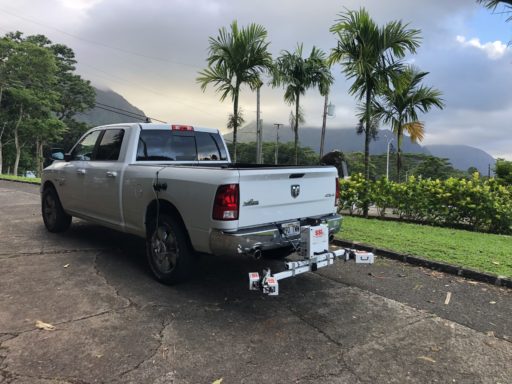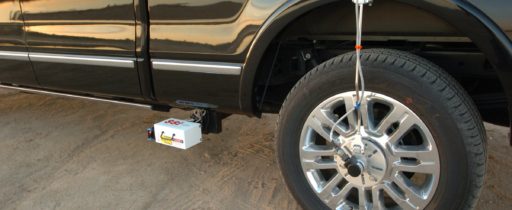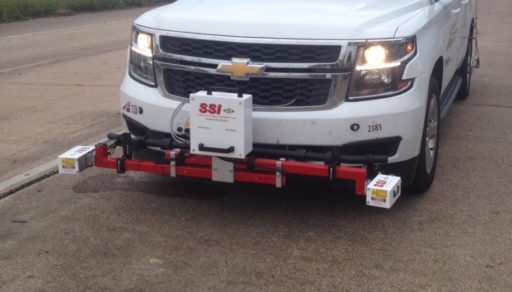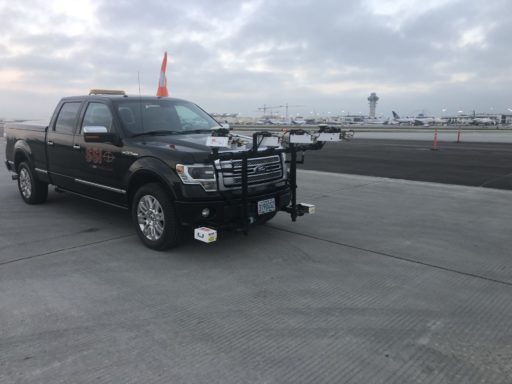2D Survey & 3D Topography
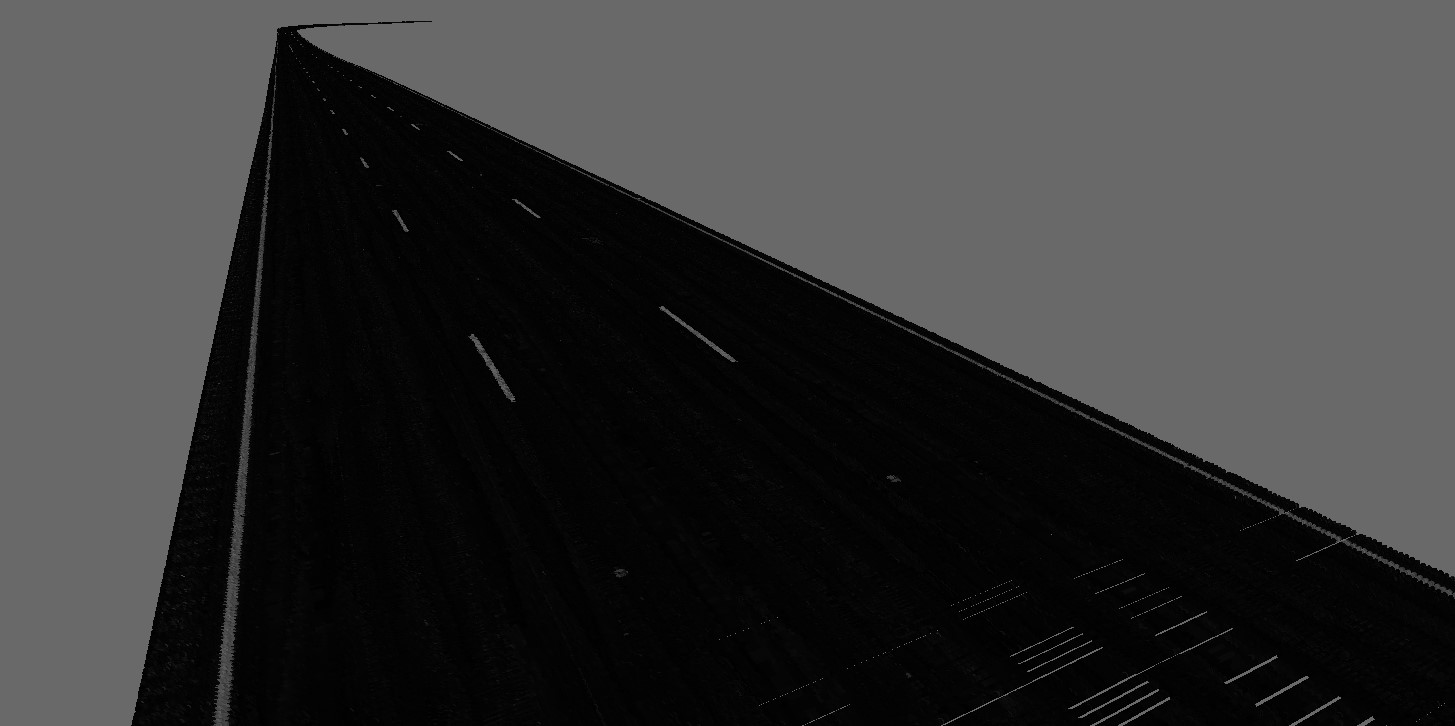
Overview
SSI’s inertial profilers can be equipped to generate 2D or 3D surface data for road design and machine control applications. SSI systems like inertial profilers versus lane scanners collect contrasting datasets:
- 2D surface with multiple profile tracks with reported cross-slopes
- Dense 2D point cloud with accurate point-to-point measurements generated by SSI’s scanning devices
- The same dense 2D point cloud, but using correction points to eliminate sensor drift and obtain survey accuracy
2D Systems
Operators can use an IMU to collect cross-slope and running grade data with any inertial or full lane scanning system. Paired with laser data this data can be exported to a 2D profile. 2D profiles can be used within SSI Profiler Design to smooth out profiles in machine control or variable depth milling applications.
Recommended: Inertial Profilers
3D Systems
The only difference between a 2D and a 3D system is elevation correction points given by the survey crew. The C9500 Full Lane Profiler is the premier transverse and inertial profiler system. Using the 2D data collected by the CS9500, one scan per lane, SSI software can merge and correct the 2D elevations to create a 3D surface.
The benefits are that the CS9500 only needs one scan per lane and the sampling is fixed; the points are spaced the same no matter the collection speed.
Recommended: Mobile Surveying
Specifications
- Meets ASTM E950 (Class I), AASHTO M328, R054, R056-057. Passes inertial profiler certification.
- Collect data from a dead-stop up to 100 mph (160 kph).
- One inch (25.4 mm) sampling interval at all collection speeds
- Variable sampling interval setting for point cloud
- Integrated GPS-DMI, available with INS option
- Features LMI Technologies’ 5 kHz Gocator wide beam lasers for asphalt and concrete pavements.
- ±5g or ±10g rated Accelerometers with 0.0001g accuracy.
- Removable sensor modules mounted in wheel tracks on the front, middle, or rear of host vehicle.
- Reuse collection components on other standard or lightweight vehicles.
- Proven ability to measure wavelengths of ~0.25 feet (7.62mm) in excess of 8,000 feet (2,438 meters).

